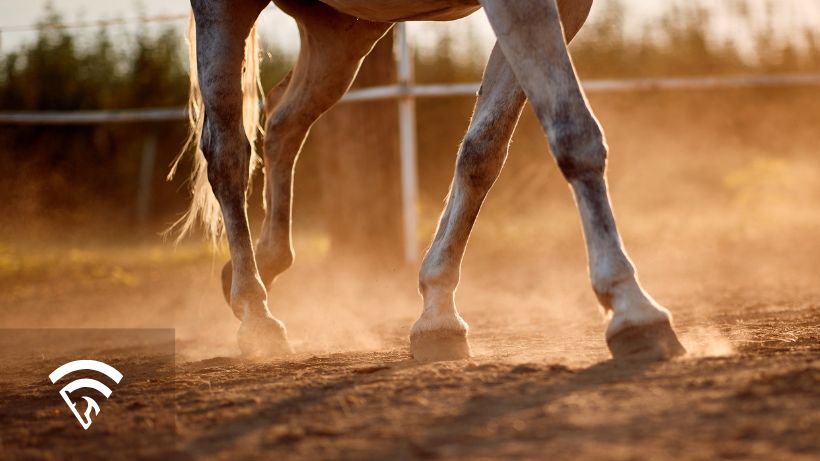What is a Turn of Foot?
A turn of foot is a racehorse’s ability to unleash an explosive burst of acceleration, usually for two to four furlongs, that can separate it from rivals or close ground on the leaders in an instant. It’s the equine equivalent of a sprinter’s finishing kick and often decides turf races or any event featuring a late-pace showdown.
Why Turn of Foot Matters
- Race-winning edge: A sudden surge can open an uncatchable lead or mow down tiring front-runners.
- Trip insurance: Horses with a strong kick can overcome slow early fractions or traffic trouble.
- Pace scenario fit: On courses where early speed falters (soft turf, demanding distances), finishing power is king.
- Value creation: Public bettors sometimes underrate closers if past performances don’t highlight the true extent of their burst.
How to Spot a Genuine Turn of Foot
- Sectional times: Look for sub-12-second furlongs (or equivalent sectional speed ratings) in the final quarter-mile.
- Visual replay cues: A horse that changes leads smoothly, drops its head, and lengthens stride decisively.
- Consistent late Pace Figures: Repeated final-fraction speed figures that top the field signal reliable finishing power.
- Pedigree hints: Bloodlines heavy in turf milers or middle-distance specialists (e.g., Galileo, Dubawi, Kitten’s Joy) often pass on quick late gears.
- Course history: Horses showcasing this skill tend to replicate it on similar surfaces and configurations.
Factors That Influence Turn of Foot
- Muscle fiber composition: A higher ratio of fast-twitch fibers enables rapid acceleration.
- Aerobic base: Strong overall fitness allows a horse to reserve energy for the decisive kick.
- Rider timing: Jockeys must unleash the burst at the optimal point—too early and it fizzles; too late and there’s no ground left.
- Track condition: Firm turf or synthetic tracks favor clean turns of foot; deep dirt can blunt it.
- Race tempo: Moderate early pace preserves energy for a sharper kick, while blistering setups may dull finishing punch.
Betting Strategies Around Turn of Foot
- Upgrade closers in fields lacking proven front-end stamina.
- Watch fractional splits—a slow early half sets the table for a late kick artist.
- Consider post position and trip probability—inside draws and traffic can stifle momentum.
- Use adjustable wagers (exacta and trifecta keys) to capitalize on closers who may finish top-three but fall short of the win.
- Monitor rider changes—jockeys known for ice-cold patience (e.g., Joel Rosario) often maximize a horse’s late gear.
Common Misreads
- Mistaking steady gain for true burst: Some grinders appear to close but lack the instant gear change that defines a real turn of foot.
- Ignoring distance limitations: A horse may finish fast at a mile yet lack the same kick at 1 ¼ miles.
- Overrating one flashy run: Confirm the move appears in multiple races or under varied pace scenarios.
Ready to integrate acceleration metrics into your handicapping toolkit? Sign up and let AI-powered analysis help you pinpoint horses with the lethal late kick that wins races.
